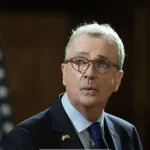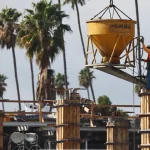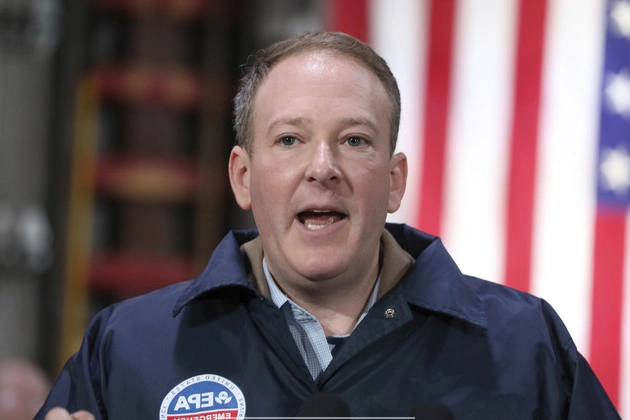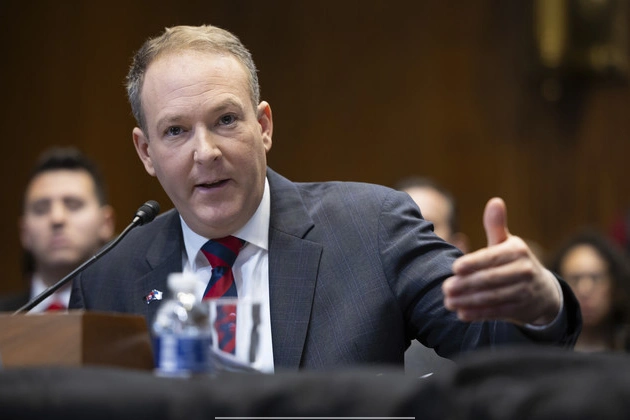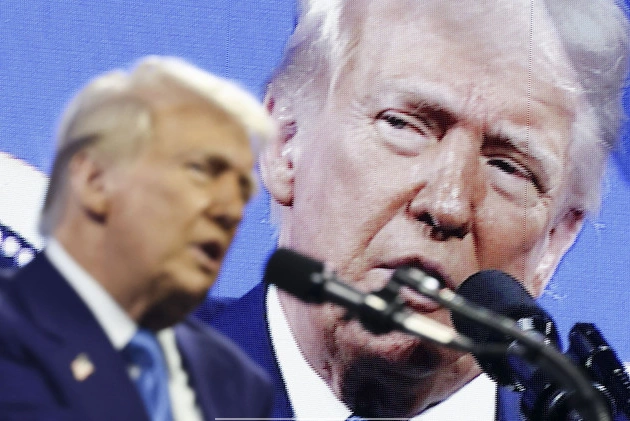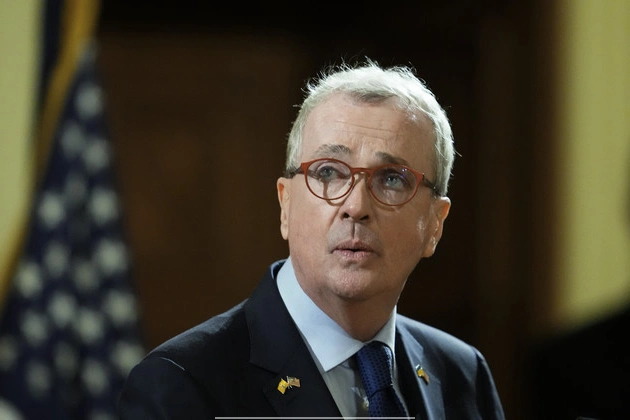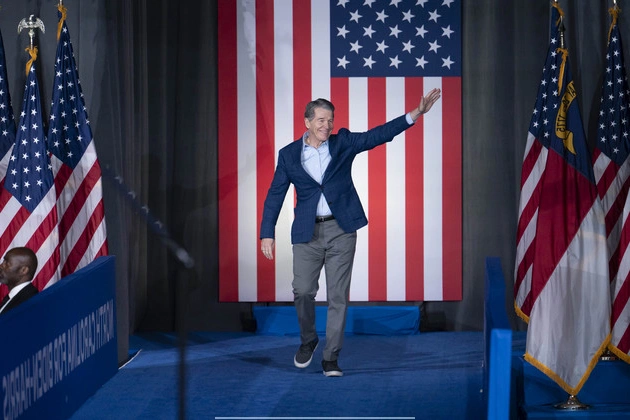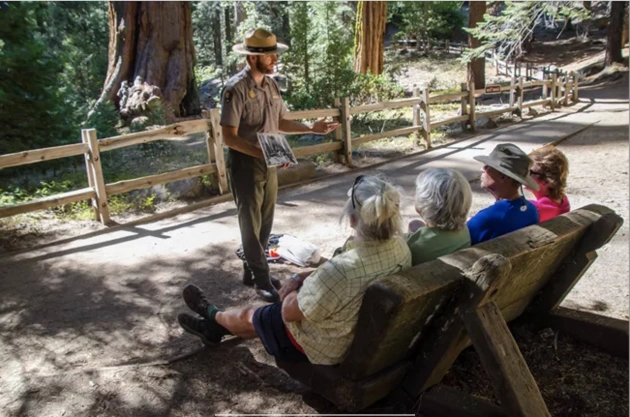
Introduction
President Donald Trump’s recent hiring freeze has cast a shadow over the National Park Service, impacting its 20,000-strong workforce responsible for managing the nation’s iconic lands.
Challenges Faced by NPS Staff
Amidst the hiring freeze and calls for federal employees to resign, NPS staffers have expressed concerns about the future. A park ranger with 15 years of experience described the current situation as ‘brutal’ and ‘scary’.
Leadership Changes
The appointment of Doug Burgum as the new head of the Interior Department, which oversees the NPS, brings hope for stability and effective communication with the White House.
Impacts on Visitor Services
The hiring freeze poses a significant challenge for NPS as it prepares for the upcoming busy season. Seasonal employees play a crucial role in providing visitor services, and the uncertainty surrounding their status is causing disruptions.
Advocacy for Park Service
Advocates like John Garder from the National Parks Conservation Association emphasize the importance of addressing the hiring freeze’s negative effects on park operations and visitor experience.
Operational Challenges
With a significant portion of park maintenance and services reliant on seasonal hires, the hiring freeze jeopardizes essential tasks like grounds maintenance, visitor services, and resource management.
Public Concerns
National park advocates and former NPS officials raise alarms about the increasing workload, reduced staffing levels, and growing visitor numbers, highlighting the strain on park resources.
Policy Implications
The broader efforts of the Trump administration to reduce park funding and staff, as well as the controversial invitation for federal employees to resign, have sparked criticism and discontent among NPS employees and supporters.
Conclusion
The uncertain future facing NPS staff and operations underscores the need for thoughtful policy decisions and a sustainable approach to managing the nation’s cherished parklands.


